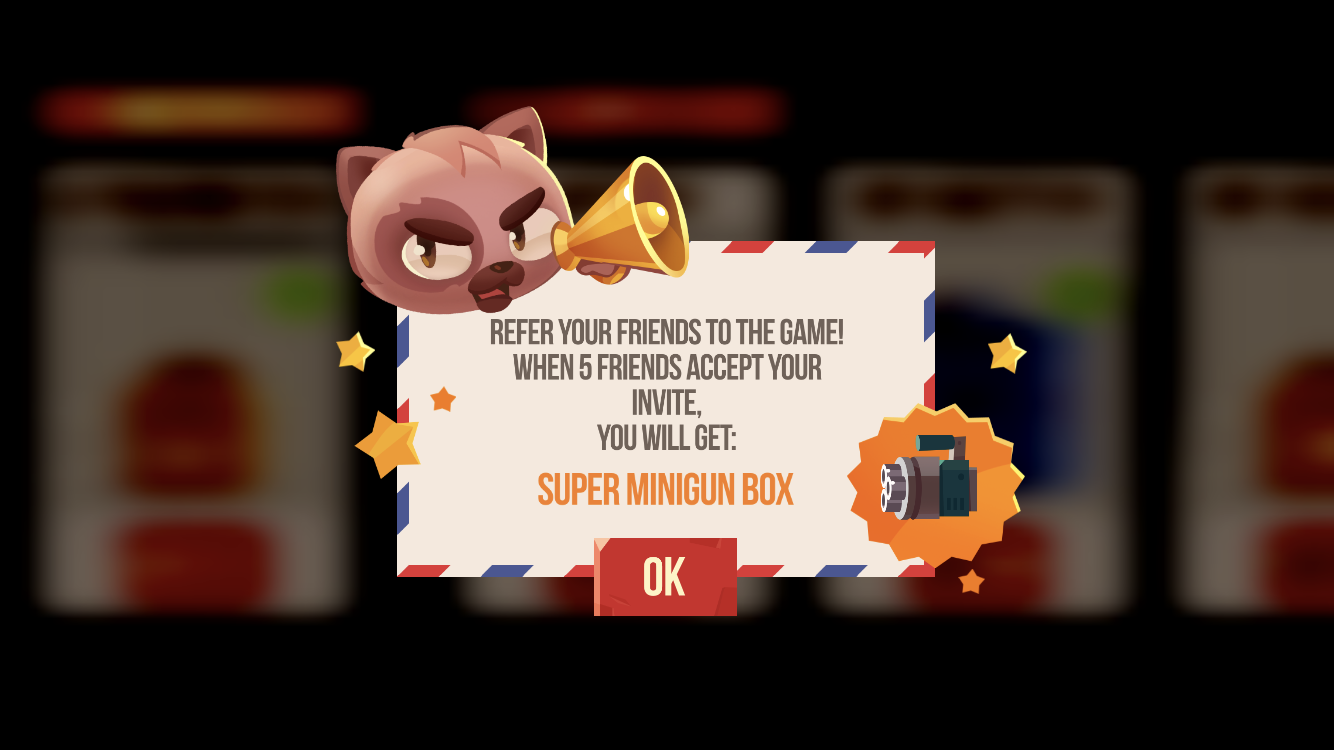Seven years ago, adding a Facebook share button to your mobile game was essential to get organic user growth. It was the default way of doing social: just add the button and you were good to go. Candy Crush had huge success with a campaign of “invite 3 friends or pay $1 to continue” to get new users onboard. In addition, the App Store and Google Play weren’t flooded with close to a million games, so it was possible for small game companies to compete against the big players.

As of today a lot has changed in the space. User acquisition is an essential part of building mobile games and it's almost impossible to get noticed on the App Store without being featured or getting into the prime spots on the charts. However, organic growth is still the most important source of getting more users. While the “share-everything-to-social-network” days are over, many games still add a Facebook share button. Why?
We’ve been asking that same question to the companies we talk to. Surprisingly, most of them say that they do it simply because everyone else is doing it. Some admit to not even really tracking the impact. It’s still the default, and the integration is mostly done in the last minute before launch. As it happens, when we ask them if they use the button themselves or see friends sharing game content to their Facebook walls, they all say: Oh, no I’d never do that!
Actually, our data shows that the majority of the shares through Megacool go to messaging services. It’s spread across WhatsApp, Messenger, iMessage and even e-mail! So when you see close-to-zero game related shares on Facebook, it’s just that users have moved to other channels. It’s still highly relevant to share exciting content and tell friends about what you’re playing.
Three years ago, we at Megacool made some bets on what the future would look like.
We believed that:
✅ More users would move from social network to messaging channels
✅ GIFs would become a crucial part of the way we interact with each other
✅ Someone needs to create a new layer, connecting games to messaging channels
Megacool aims to be that layer, to close the share loop between games and friends.

With that said, it’s exciting to predict what the future will look like in the next three years. Here are some of our predictions:
1) Users will want seamless sharing of everything to all channels
Facebook was the channel we used to share everything to. With the shift to messaging apps and other social networks, users can now target specific audiences with tailored content. Instagram shows the ideal version of you, Snapchat catches you in the moment and WhatsApp is where you have long conversations.
I wish iOS screenshots captured metadata: the URL, or a deep link to the app that you were capturing.
— Benedict Evans (@benedictevans) July 10, 2018
Every app should make sharing content as easy as it is to copy-paste a website link on desktop. Because apps are more closed, we need a layer in-between that makes the sharing experience seamless. It’s possible to take screenshots and recordings, but the context can become lost. We believe that short clip sharing won’t just be the default for gaming, but also a crucial part for entertainment apps too, like a clip from Stranger Things on Netflix where a link leads to the episode.

2) Rewarded referrals will be a crucial part of acquiring new users
Rewarded referrals are not new, but have been hard to do on mobile and especially iOS because metadata is not preserved when going from a link to an app install. With the cost of ads increasing, games and other apps now need to broaden their user acquisition strategy, and that’s where rewarded referrals come in.
By offering in-game items to players who recruit others to a game, users are incentivised to not only try the game themselves, but also attempt to bring their friends on-board. We’ve seen a great impact in the games that have implemented Megacool, with rewarded referrals have accounted for 1/10 of daily installs. The acquisition loop enables players to easily share a GIF of their gameplay to social media or messaging apps, along with a deep link to the game that triggers the reward and even adds the new player to their friends’ list if desired.
By making the sharing experience more seamless, it’s easier to motivate and achieve new installs through rewarded referrals. Read more about it in our blog post.

3) Re-engagement will take a big chunk of the marketing budget
Ever since iOS and Android launched, the important metric has been as many installs as possible. But recently we’re starting to see a shift of focus towards retaining existing users and re-engaging “lost” users. As with acquiring users, there are multiple ways of re-engaging them.
One way is to let users easily brag, invite friends to a match or ask for help. This is easily implemented with Megacool, as players can share exciting and dramatic gameplay with their friends to catch their interest or directly invite their interaction. GIFs themselves are short, auto-looping and engaging content that are tailor-made for sharing, making them the ideal format for players to show off their achievements or their latest crushing victory.
Those are our predictions for what's next when it comes to sharing in mobile gaming - what do you think the future holds?

